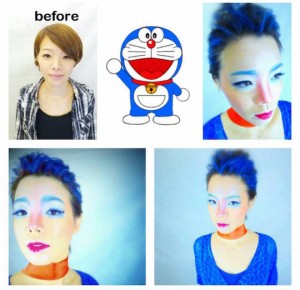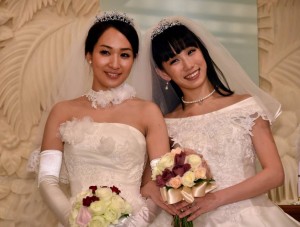The life and work of transgender Japanese costumes artist Pyuupiru
Ignition has posted an article about transgender artist Pyuupiru, who makes costumes such as the elaborate “Planetaria” series.
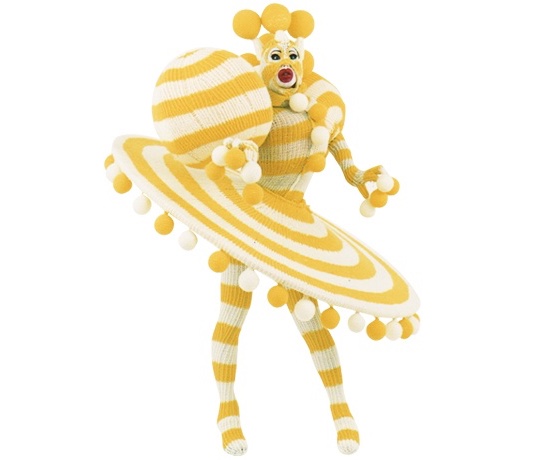
The article also provides a glimpse into the domestic arrangements of someone in Tokyo who has undergone sex realignment, living in the suburbs and taking in stray cats.
She was born a man, she explains, but always felt she had the soul of a woman. Having suffered for much of her life from obsessive-compulsive disorder and severe depression, she began making art around the same time she began to think about changing her body and identity. Born out of such severe emotional challenges, her work has become widely known thanks to countless exhibitions, as well as a documentary film directed by Daishi Matsunaga. Today, there is hardly an art scene in the world that isn’t interested in her work.
Pyuupiru considers herself both physically and socially female, and today she is happily married to a supportive husband. She says she first felt the impulse to create things in her teens, when her gender confusion began causing serious anxiety. As a child, she tells me, she had dreamed of being a veterinarian, but at twelve she started to show symptoms of OCD, and she became a target for bullies once she realized the mismatch between her body and spirit. At sixteen, outside the constrained environment of her school, she started making her own clothes with a sewing machine, but she was reluctant to show what she’d made to the people around her. Eventually, she started going to clubs dressed in the outfits she made.
Pyuupiro went from first showing and wearing her costumes at clubs to being a “daylight” artist too.
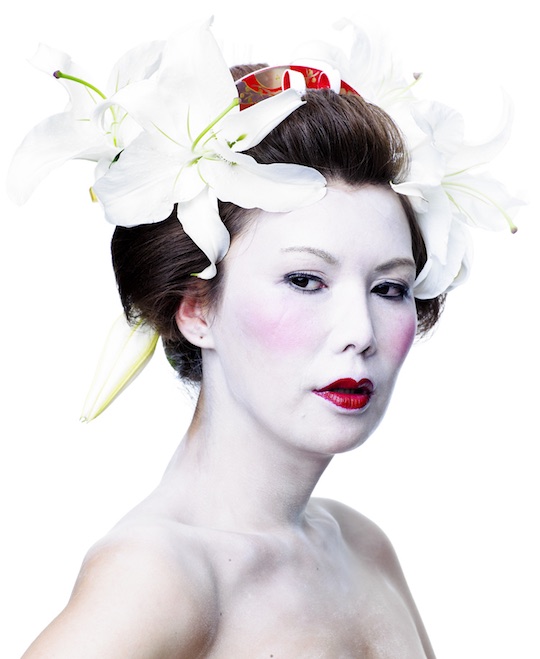
The costumes were exhibited at Pyuupiru’s first solo show in 2003, and their success brought increased attention from the art world. In 2005, Pyuupiru was invited to the Yokohama Triennale, one of Japan’s most prestigious international art shows. Around the same time, her love for a certain man inspired her to begin the process of changing her sex. She bought imported male hormone suppressants, and by the end of the process Pyuupiru had undergone almost thirty reconstructive surgeries.
“”At first,” she says, “I thought it would be beautiful to be a gender-neutral being, neither male nor female,” but after she started experimenting with neuter sexes her body’s hormonal balance began to break down, and she suffered from constant emotional volatility. Eventually, she decided to have an orchidectomy (the procedure is documented in Matsunaga’s film Pyuupiru), and finally, in 2007, Pyuupiru underwent gender reassignment surgery in Thailand.
She has also documented the painful process of changing her body — crying blood tears! — as a powerful series of self-portraits that she exhibited as art.
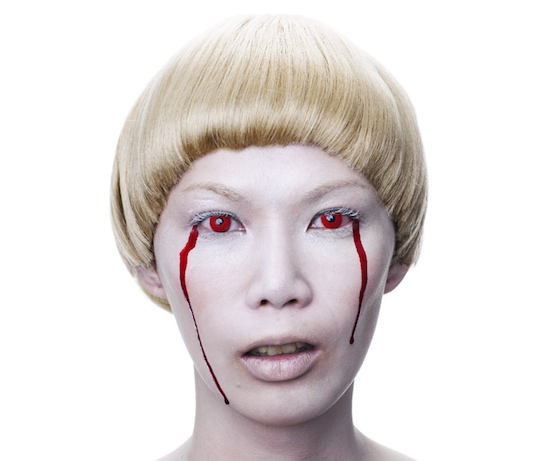
Pyuupiru says: “Up until then, all of my work had been designed to wrap around the body, but when I went through the procedures I had very strong feelings that taking a knife to this ‘dress’ called a body was its own kind of sculpture, so I wasn’t afraid of the surgeries. I was driven by feelings of anger and frustration because I felt that my love was impossible, and because of that I realized it would be okay with me if I died during the operations. There aren’t many transgender contemporary artists, I don’t think, who have made sex-reassignment surgery a part of their art.”

